MEDICAL PHOTONICS FOR THE CLASSROOM
Spark your secondary school students’ interest
in physics and medical photonics
Photonics is playing an increasing role in various medical techniques and practices, including non-invasive diagnostics, advanced imaging and therapies. Medical photonics is the basis of many technologies that doctors use every day to diagnose, such as devices to look at the ear, the throat, the eye. Advances in medicine and photonic science promise to bring new technologies that will benefit all of society. Despite this, many people still perceive photonics as a little-known discipline.
ICFO has created and collected tools and materials for secondary school teachers to bring the new generations closer to this world.
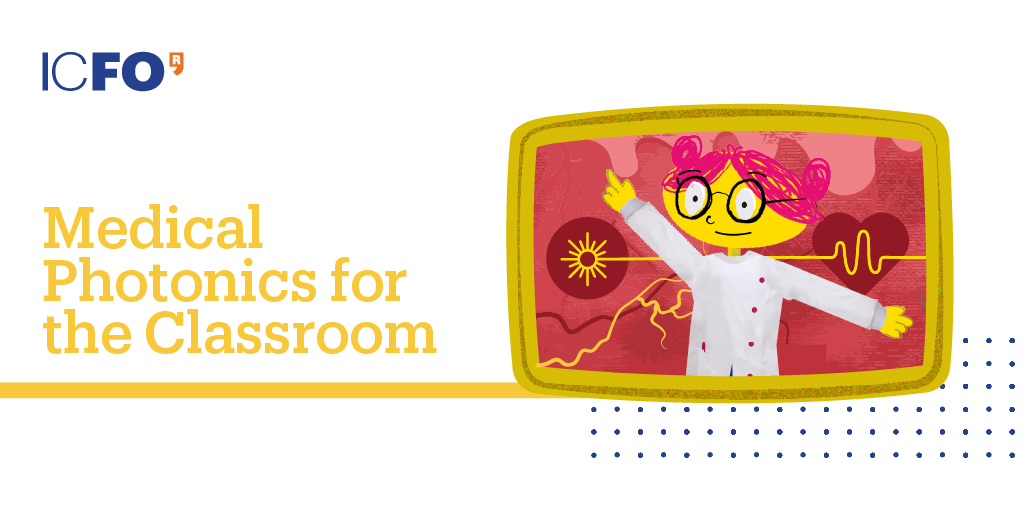
In 2023, ICREA Professor at ICFO Turgut Durduran received the Joan Oró Grant from the Fundació Catalana per la Recerca i la Innovació (FCRI) for the promotion of scientific culture in Catalonia. He decided to create a project to educate the new generations about the wonders of medical photonics and the promising technologies that may shape their lives in the future.
That’s how the Medical Photonics for the Classroom was born.
Funded by FCRI (Call Joan Oró 2023)

Medical Photonics for the Classroom is free and accessible through this website at any time.
Explore the four sections of the platform to learn more about medical photonics and the technologies that derive from it, accessing tools that will help you bring them closer to your students. In particular, the last section that collects proposed activities to be carried out in the classroom.
Many of the materials are in video format, so you can stop or replay them every time you want.
Contact us at outreach@icfo.eu if you have any doubts or to send us your questions or ask for information about the training sessions for secondary school teachers.

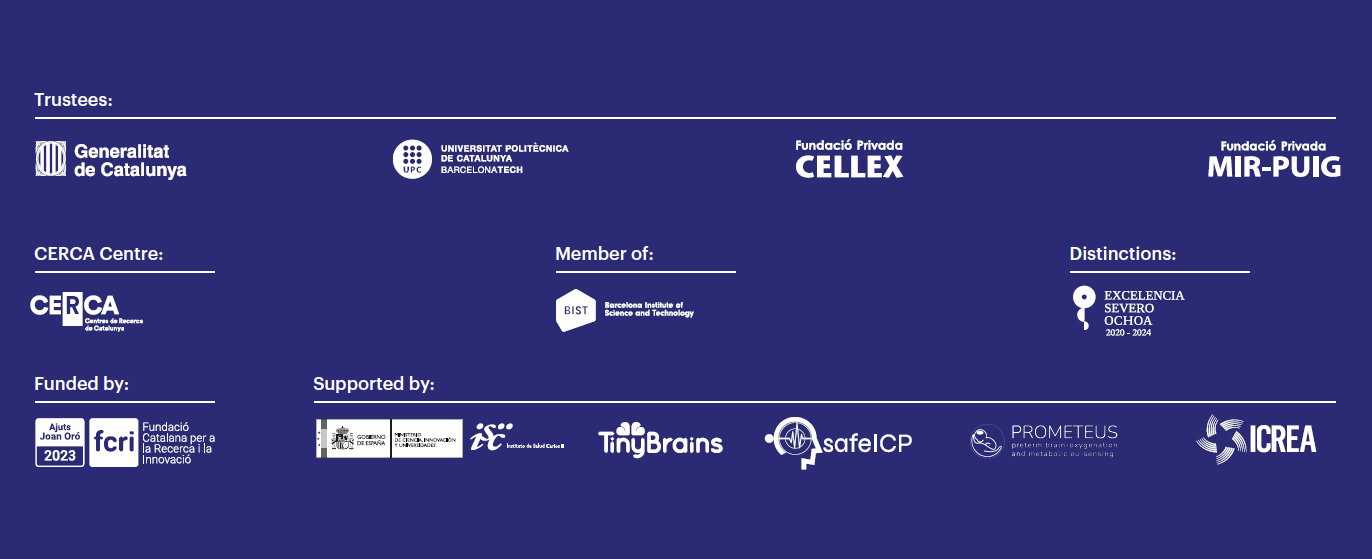
1. Introduction
How can a watch calculate the pulse of the person wearing it tied to the wrist? Not so many years ago, medical staff could only obtain information from the inside of their patients through touch, but the use of light has revolutionized the world of medical diagnostics. Thanks to X-rays, it was possible to obtain images of the inside of the body in a non-invasive way, but it is not a technology available to everyone, nor can it be abused.
Research into the applications of light in medicine has made it possible to develop technologies that, without being harmful to health, can detect not only pulses but also information on the composition of biological tissues and the possible presence of structural anomalies, in more than being able to treat them.
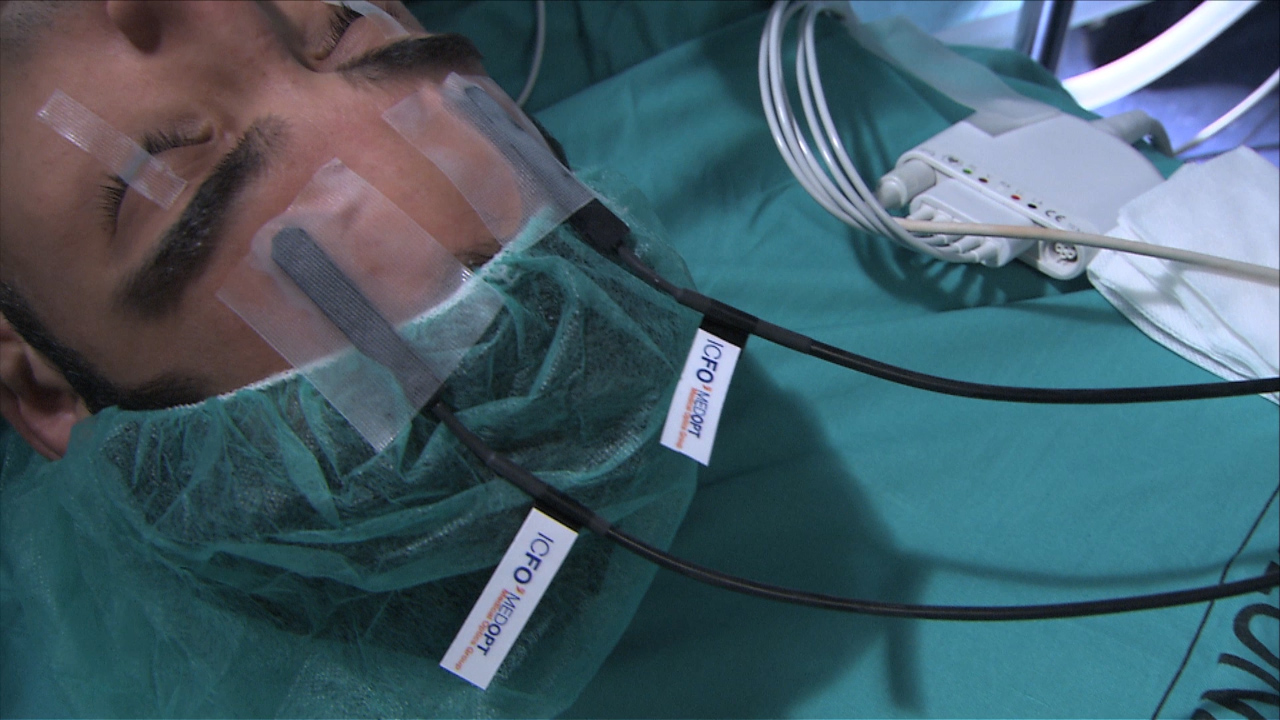
Technological evolution has made it possible to generate, in an affordable way, different light sources with interesting properties in the medical field, which has meant great advances in the field of optics and photonics applied in the field of health. These scientific disciplines have succeeded in describing with mathematical models and computer simulation the behavior of non-ionizing light1 in healthy biological tissues and, in this way, being able to detect optical differences when they present some anomaly.
Unlike the use of more energetic radiation, such as X-rays, the application of non-ionizing light does not provide information from the inside of the human body in the form of images, since this is diffused. For this reason, at first the use of this light in medical applications was not contemplated. Over time, photonics applied to medicine has generated tools to obtain information by working with this range of the spectrum. An appropriate treatment of the measured optical properties allows to obtain structural, functional or chemical information of the samples.
This project introduces secondary school students to how the use of photonics currently plays an important role in medical diagnosis and treatment. Through the execution of the proposed activities, students will be able to put themselves in the shoes of the scientific community and discover the challenges they have encountered and what solutions have been provided to overcome the obstacles.
2. Introduction to medical photonics
Although lasers can have applications in many fields, we can use them to generate technologies that benefit society. On this platform, you will discover emerging technologies based on medical optics that promise to bring benefits to society, such as health.
There are many technologies derived from lasers and used in different applications as you will see on this platform, among others in neuromedicine, sports medicine and oncology. Turgut’s group works in these disciplines.
Click on the items below to see the content.
Medical Optics
Basis of the technologies
Technologies
Applications
History of Medical Photonics
Translational research
3. Medical Photonics technologies at ICFO
ICFO is a leading research center in the field of medical photonics and adds its efforts to those of other research centers, companies and hospitals coordinating the network of Medical Photonics in Barcelona (BMPN) which aims to promote research activities and development in photonics in the Barcelona area and establish long-term collaborations between ICFO and its biomedical and clinical collaborators.
3a. flash talks
People who do research at ICFO talk about their work in the field of medical optics in 5-minute knowledge pills. These talks are in Spanish.
Click on the items below to see the content.
Medicina Óptica
Tecnologías fotónicas aplicadas a la salud
Vermu de nanociencia con Clara Vilches (ICFO) - Terapia Fototérmica de Cáncer con Nanopartículas de Oro
¡Fotónica en 5 minutos! 11/02/2025 - Jacqueline Martínez García
3b. research projects
These slightly more technical videos present some of the projects being carried out at ICFO to develop new technologies in medical photonics.
Click on the items below to see the content.
TinyBrains
LUCA project
Made@ICFO: Non-Invasive health monitoring
VASCOVID
Babylux
3e. Clara & Bob series
These slightly more student oriented are a series of videos developed for educational purposes.
Click on the items below to see the content.
Clara & Bob: Seeing inside Bob. Episode 1
Clara & Bob: Let's talk about lasers! Episode 2
Clara & Bob: Let's talk about babies! Episode 3
Clara, Bob and the City of Bandits. Episode 4
Clara & Bob: Red light means go! Episode 5
Clara & Bob: How the body works when you work your body. Episode 6
Clara & Bob: Brainstorming to save lives! Episode 7
Clara & Bob: Humans and plants are one and the same. Episode 8
4. Medical photonics in the classroom
We have prepared activities and materials to help you bring the fascinating world of medical photonics to new generations.
4a. Module 1: Light and living matter
In a first stage, students will begin by exploring light and how it interacts with their body. Next, they will work with different models that have optical properties similar to those of biological tissues. In addition, as it is done in research, they will also build their models of some part of the body.
The activity to expand knowledge proposes that students carry out experiments similar to those carried out with visible light, but this time using infrared (IR) light. This process includes detecting IR light with a camera, modifying a camera to remove the IR filter, and using an IR light source to make observations of the human body.
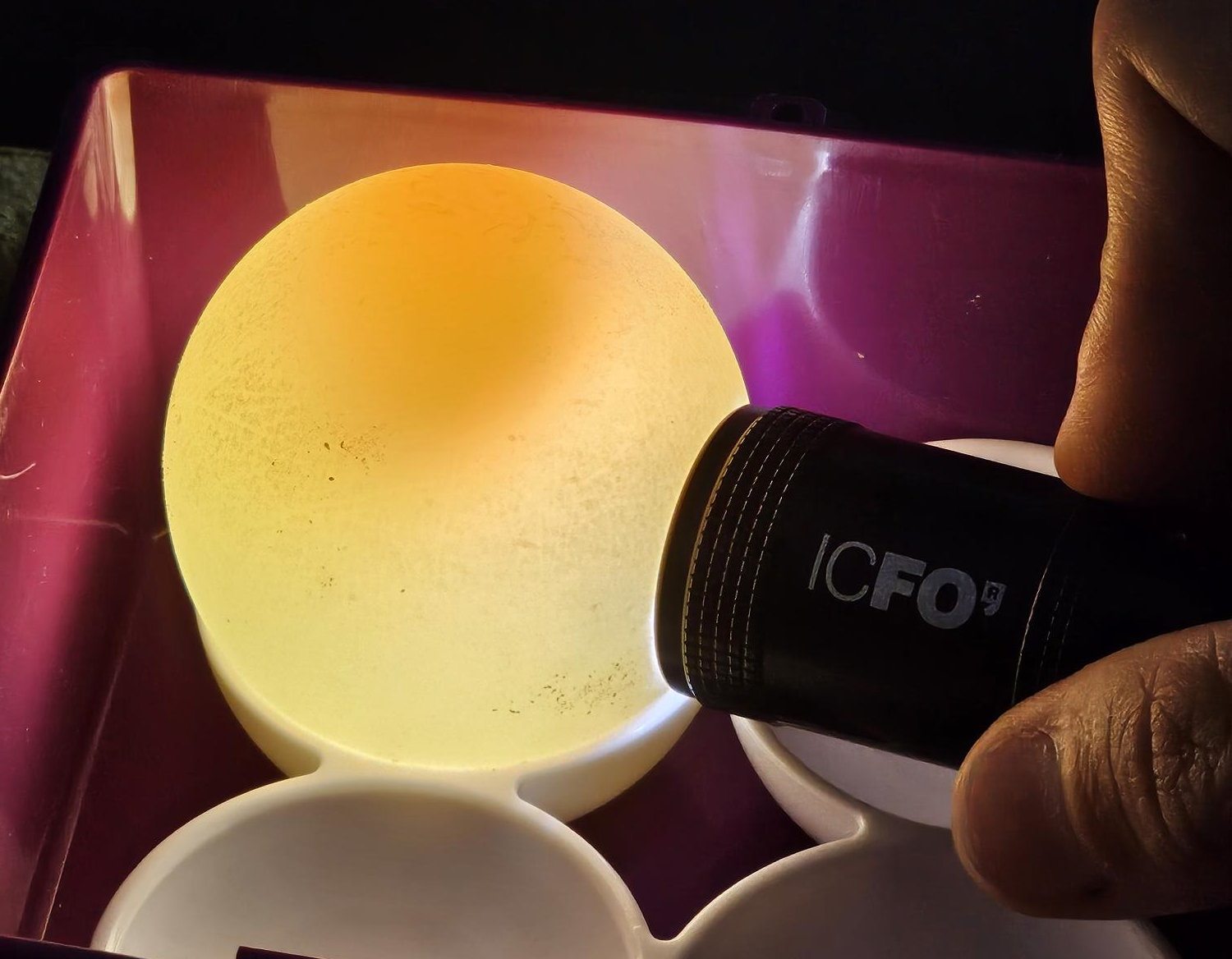
4b. Module 2: The direct problem
The students will deepen the study of the interaction between light and different transparent and dispersive media. In addition, they will learn how this knowledge is applied to medical photonics.
The activity to expand knowledge proposes that students work on the relationship between image resolution (number of pixels) and file size, as well as the impact on image quality. It also aims to make the relationship between the number of bits and pixels.
4c. Module 3: Tomography
Light can also give us information about the inside of our body. A technique used in medicine is tomography which is based on the reconstruction of images. With this activity the students will work on the construction of a simulated model, the calibration part, the study of different configurations and the use of algorithms and data analysis.
The activity to expand knowledge proposes that students learn the procedure followed to obtain the data and analyze it to perform tomographic reconstruction. This process includes everything from taking projections to viewing the final images, including the use of specific reconstruction algorithms for each technique.
4d. Module 4: Pseudosciences
Light is a very accessible and easy to use tool. Unfortunately, many therapies make use of light and promise to heal, beautify, grow hair, etc.
This activity works on the development of critical thinking and argumentation where some therapies are presented that are based on science and others that are pseudoscience and therefore lack a scientific basis. It is about them learning to differentiate between what is science and what is pseudoscience and to pay attention to the information that is given to know how to distinguish.
The second part of the activity is about inventing therapies that use light based on the examples in the first part. With the help of a guide, students must invent a pseudotherapy with information that appears to be scientifically valid and present it to the rest of the students.
The activity to expand knowledge offers students some examples of the social impact of two techniques that have reached a very far distance.
To go further, and develop tools to identify fake news, we developed a workshop together with two research centers of the Barcelona Institute of Science and Technology (BIST): IBEC and IRB Barcelona.
4e. Module 5: Coherence and Speckles
An important aspect about lasers are “speckles”, bright and dark spots that one can see when the pointer of a laser hits a surface and from which one can extract information, in the case of medical photonics one can measure the blood flow.
In this activity the students will learn how to extract information out from speckles’ images using a simulated model.
The activity to expand knowledge proposes that students use the Laser Speckle Contrast Imaging technique to calculate the speckle contrast from the images obtained with the experimental device.
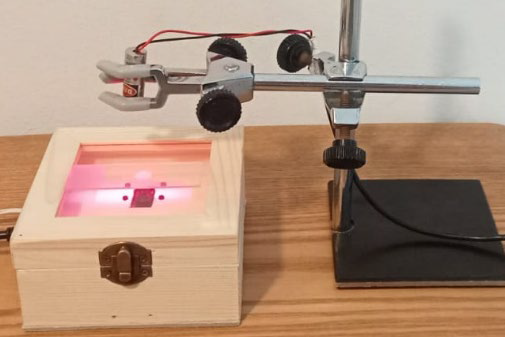
4f. research projects for students
We regularly offer practical activities where the most motivated students can come to the ICFO to deepen their knowledge in medical photonics. View the activity schedule to find out about the next available sessions.
Contact us if one of your students has questions about medical photonics: we can arrange a meeting (virtual or in-person) to answer them.
Through this link you can see some of the health research papers presented at previous editions of the Young Photonics Congress, a scientific congress organized each year by ICFO, where high-school students present their photonics projects.
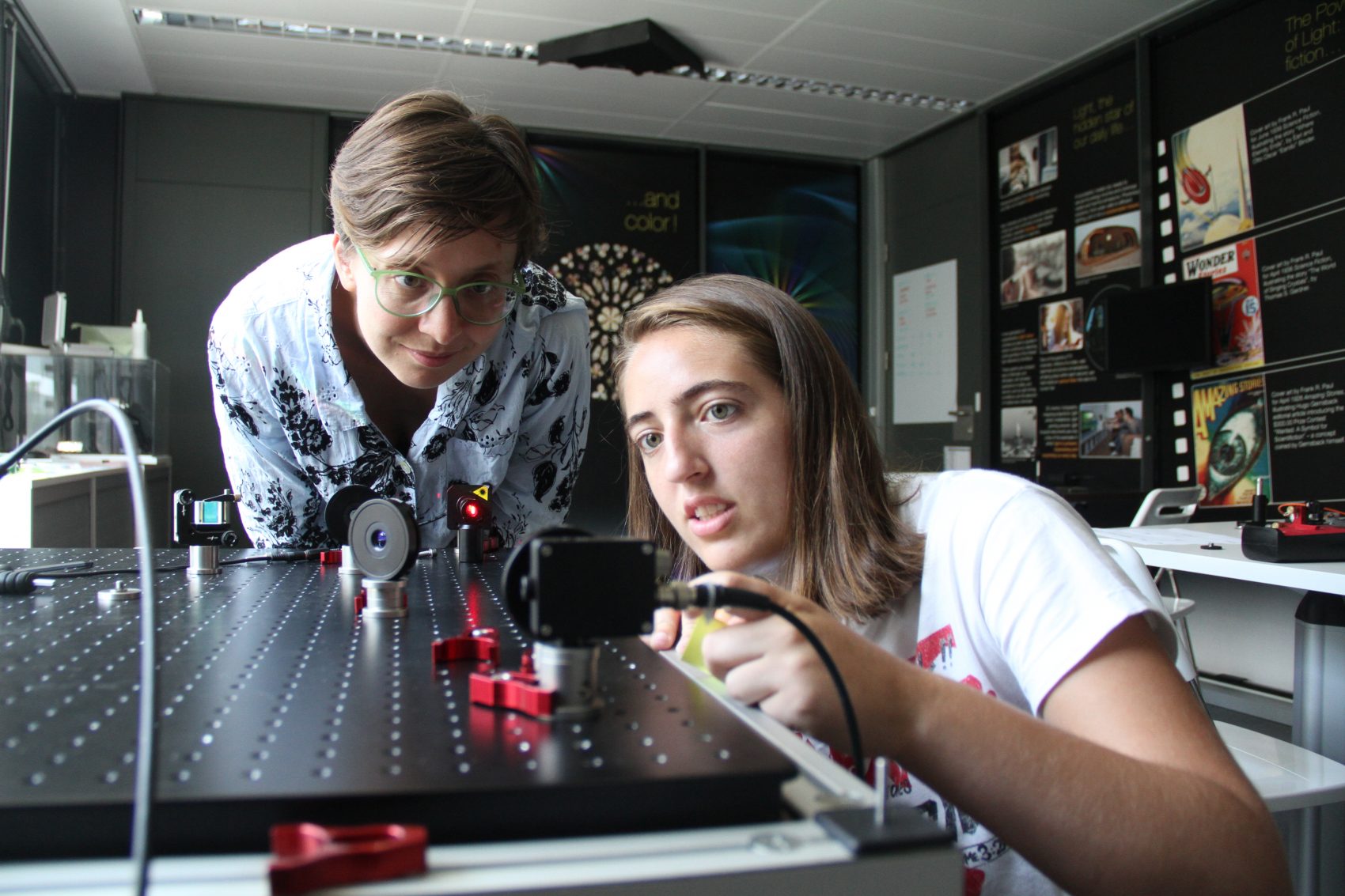
4g. ICFO Decide Game
The ICFO Decide Game is an activity based on PlayDecide to introduce photonics and the research done at ICFO in an entertaining way. It is a collaborative group work that also serves to develop critical thinking and verbal communication skills.
You can organize one independently in your class or take part in a guided session (see our Activities Calendar).
ICFO has designed more Decide Games that you can find in the sections on Sustainable Energy and Quantum Physics.

Your opinion matters
Help us improve by telling us your opinion about the Medical Photonics for the Classroom.

RELATED PROGRAMS
ICFO MACIEJ LEWENSTEIN QUANTUM SCHOOL FOR TEACHERS
Spark your secondary school students’ interest in physics and quantum technologies

